We have the best intentions and always want our cats to be safe, especially at home. Unfortunately, the average household is filled with items and products that pose very real dangers to our feline friends. Read on, and perhaps reconsider the things you leave out in your home – where your cat has easy access to them!
Strings and Rubber Bands
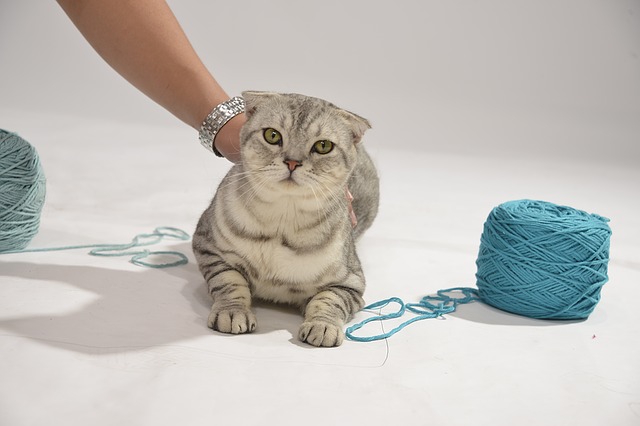
There aren’t many things that can get a cat quite as excited as a basic piece of string. If you look at it from your cat’s perspective, it’s easy to see why: it twirls and twitches with the slightest touch, immediately activating her natural prey instincts.
While strings can be safe and fun during interactive playtime, they should never be left for your cat to play with without your supervision. There are countless horror stories out there of cats and kittens becoming hung on or choked with stray strings, ribbons, or rope. The danger doesn’t stop there though. If your cat swallows a string, rubber band, or hair tie, it could cause a gastrointestinal obstruction. It’s not uncommon for an obstruction to perforate the intestinal wall, which could lead to sepsis or death.
Cleaning Products
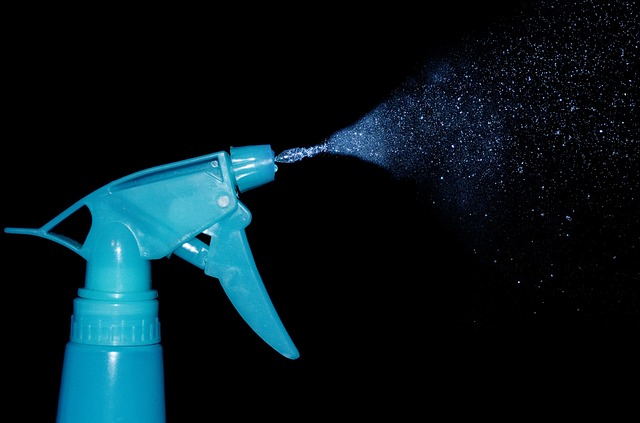
Some cleaning products can pose serious health concerns to your cat. The scary part about toxic cleaning products is that your cat can be in danger even if you make an effort to store them in a safe place. That’s because your cat can ingest them during grooming after walking on a freshly cleaned surface.
The ASPCA has taken the time to compile a handy guide that can help you decide which products are safe for your cat. If the worst happens, the ASPCA also runs a Poison Control Hotline at (888) 426-4435.
Toxic Foods
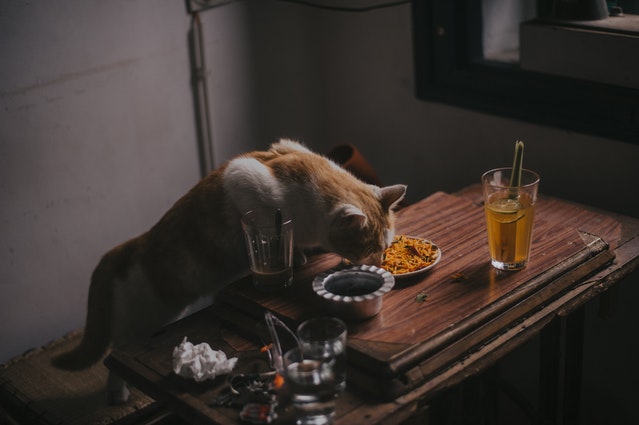
Cats aren’t as likely to eat random food as dogs, but if we know anything about cats it’s that they’re unpredictable and curious. Why take the chance? Some foods can cause vomiting or gastrointestinal distress, while others can lead to coma, a lacerated digestive tract, or even death. Visit PetEducation.com for a list of foods to keep far away from your cat.
Toxic Plants
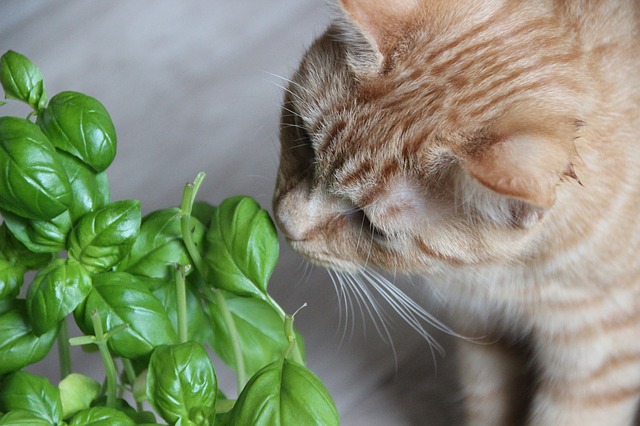
Cats often chew on plants when they have upset stomachs, since it will often help them throw up. Sometimes they are simply curious about the taste or texture. Many common houseplants, however, can be toxic (or even fatal) to your cat. If you’re unsure about the plants in your home, The Cat Fanciers’ Association has created a comprehensive reference.
If you want to add something green and safe for your cat to chew one, consider a pot of fresh catnip or cat grass.
Trash
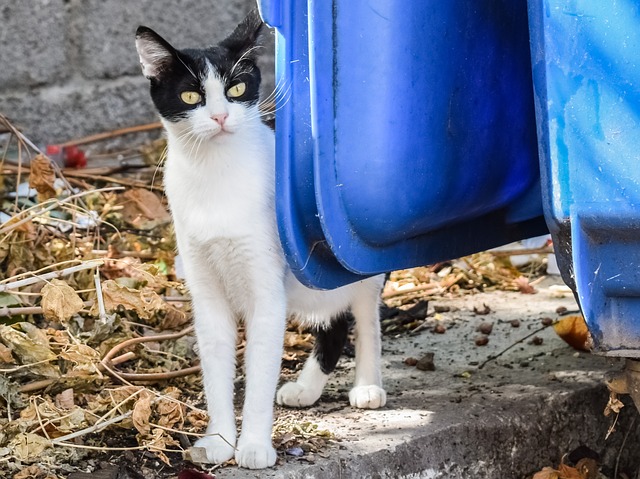
It doesn’t occur to many people to put a lid on their bathroom trash can, but every day waste like dental floss or swabs can cause gastrointestinal obstructions or lacerations. Keep a lid on it to keep your cat safe.
The best way to keep your household safe is to get into a habit of looking at things from your cat’s perspective. Her natural instincts will lead her to hunt strings that dangle and explore her world with her sense of taste. If it’s potentially dangerous, never assume that she won’t explore it. Keep dangerous items inaccessible, and ditch the toxic plants altogether.
